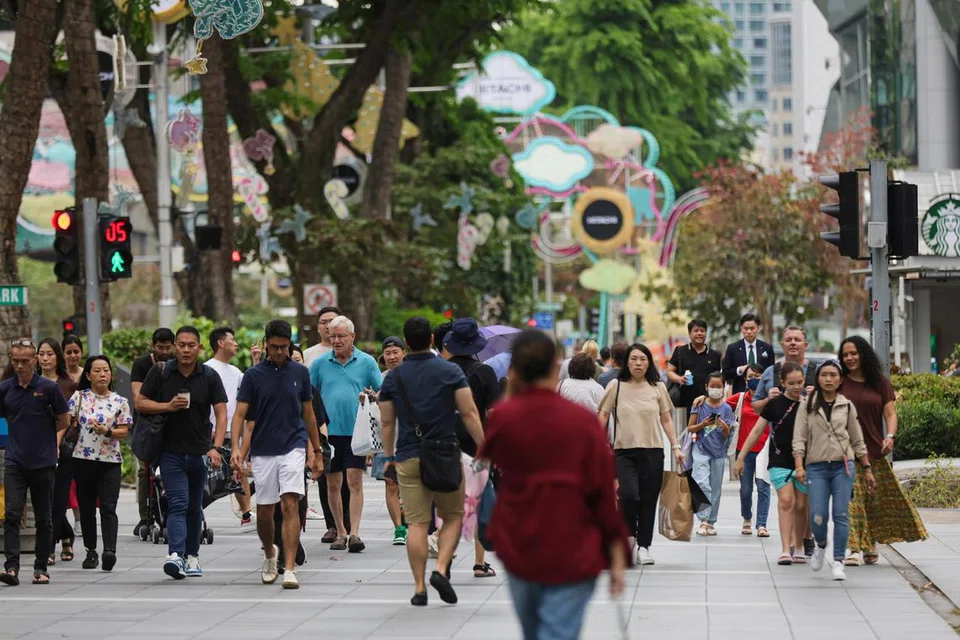A foreigner I know once commented that Singaporeans dress as if they’re at home, even when they’re in Orchard Road.
The usual off-work garb is a t-shirt or short-sleeved shirt and shorts, combined with flip-flops or Crocs.
In our scorching, humid weather – where stepping outdoors in a polyester outfit can leave you drenched in sweat within minutes – these outfits are downright practical.
So is our choice of footwear. They are quick to slip on and are far more comfortable than sodden socks and shoes after a sudden downpour. Not to mention, a lot easier to clean.
Foreigners, especially those accustomed to more stylish standards of public attire, do scoff at our dress code.
My Singaporean friend with a Filipina wife is often forced to wear a smart polo or a shirt with long pants, complete with – horror of horrors – socks and shoes, to go to the nearby coffee shop.
His wife insists he dress well so people won’t think she’s spending all his money on herself.
While comfort is important in Singaporean dressing today, staying rooted in culture and tradition is also a significant part of being Singaporean.
Rewind a few decades, and it was a very different fashion scene. In the 1970s and 80s, dressing up was the norm.
I remember the daughters of my South Indian neighbours spending an inordinate amount of time perfecting their hair and clothes to go to Little India.
I never found out if it was to get noticed by eligible men or prevent relatives and acquaintances from gossiping about their appearance.
Anyway, the girls were all for it, and as they got older, it seems they couldn’t wait to wear a saree – the fancier, the better.
Nowadays, it’s less common to see anyone wearing a saree.
Many Indian women say a saree is inconvenient to put on and restricts mobility, but I remember a teacher who would ride her Vespa scooter to school in full saree regalia – graceful, stylish and composed.
Men, too, took pride in appearance. My brothers and I would also spend a lot of time and effort making sure our turbans and clothes were immaculate for our Sunday visits to the gurdwara.
Somehow, this fashion sense failed to be passed down to the younger generations.
These days, I have seen young Sikhs with a ‘patka’, which is a simpler under-turban often worn for sports.
Besides t-shirts, they also prefer showing up in the jerseys of their favourite English Premier League football club.
Also, let’s not forget the brave souls who ‘coolly’ strut about in hip-hop streetwear and hoodies – which is a rather odd choice in 35°C heat.
Perhaps in New York, streetwear designers are flattered by this fashion choice. Here, there is no shortage of uncles and aunties shaking their heads and muttering, “Siao one, this boy.”
For those not in the know, “siao” is Hokkien for crazy or mad.
Despite all this, Singaporean dressing has one thing going for it – it’s honest. No pretence. No fluff.
For the most part, comfort and convenience are stitched into Singapore’s dress culture – and that, my dear reader, is the way we dress, lah.


